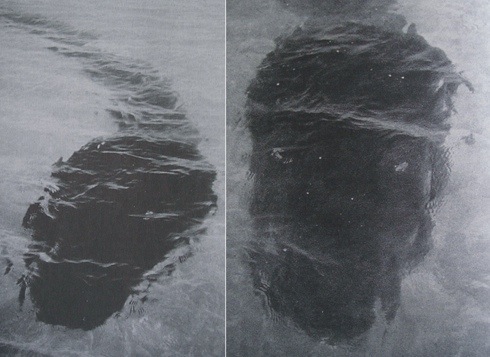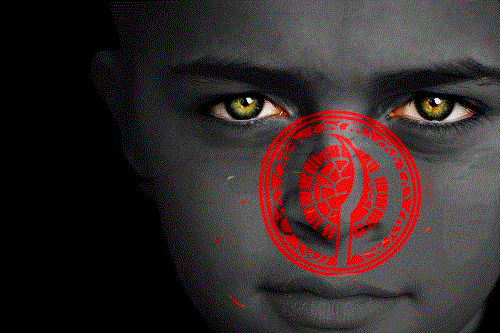Hook Island is one of the Whitsunday Islands off the coast of the Australian state of Queensland. The island is almost uninhabited, quite rugged and almost completely contained within a section of the Whitsunday Islands National Park . The island has two prominent geographical features on the southern side of Hook Island; the Nara and Macona inlets, two fjord-like recesses that are used as anchorages for the Whitsunday tourist fleet. The island’s northern coast is noted for its colourful underwater coral growths, to which snorkelling and diving enthusiasts are attracted.
In 1964, an image taken at the islands circulated globally after what was believed to be some kind of sea monster was visible.
On 12 February 2008 a yacht ran aground at Cape Cove. The yacht became wedged on dangerous rocks requiring the rescue of 37 people by helicopter. The incident was Australia’s largest helicopter rescue operation from a vessel. At least two people have died from irukandji jellyfish stings while snorkeling off Hook Island.
Some of the oldest archaeological sites ever found in Eastern Australia are the caves and midden of the Ngaro People on Hook Island. A site at Nara Inlet is the oldest indication of Aboriginal occupation in the Great Barrier Reef Marine Park.
 People nowadays assume that this image is a photoshop job unique to the digital age, whereas in fact it’s a classic, much-reproduced image, widely discussed in the cryptozoological literature, and first appearing in print in March 1965 (together with others). It’s Robert Le Serrec’s photo of a huge, tadpole-like creature encountered in Stonehaven Bay, Hook Island, Queensland.
People nowadays assume that this image is a photoshop job unique to the digital age, whereas in fact it’s a classic, much-reproduced image, widely discussed in the cryptozoological literature, and first appearing in print in March 1965 (together with others). It’s Robert Le Serrec’s photo of a huge, tadpole-like creature encountered in Stonehaven Bay, Hook Island, Queensland.
On December 12th 1964, Le Serrec’s wife spotted a unexplained object on the lagoon floor. It proved to be a gigantic tadpole-like creature, estimated at about 30 ft long. They took several still photos, gradually moving closer. Eventually Le Serrec and de Jong plucked up the courage to approach it underwater in order to film it. It proved larger than first thought, with its estimated length increasing to 75-80 ft. It didn’t move and they suspected it might be dead, but just as Le Serrec began the filming it opened its mouth and made movements toward them. They returned to the boat, and by this time the creature had moved off.
Originally posted 2014-03-01 21:33:51. Republished by Blog Post Promoter













